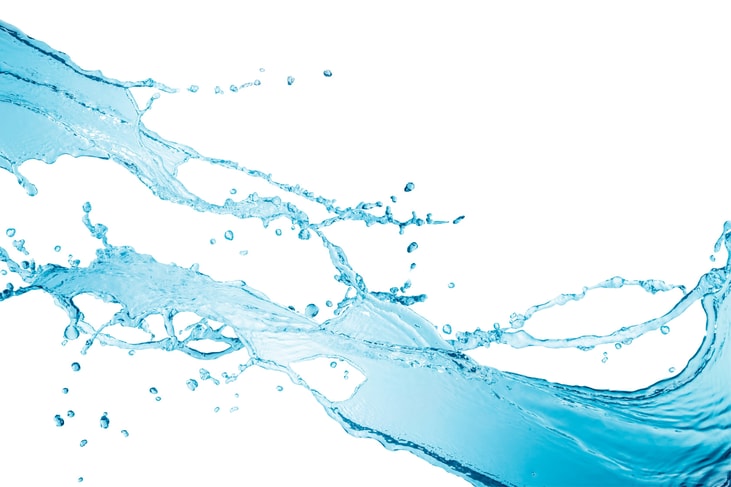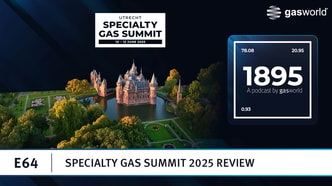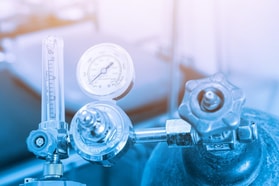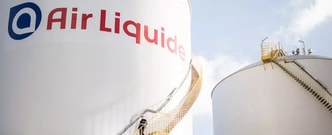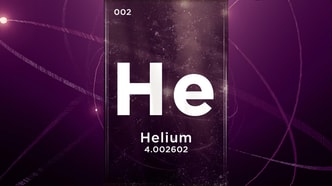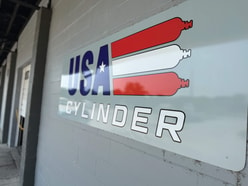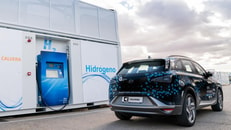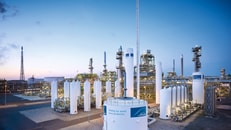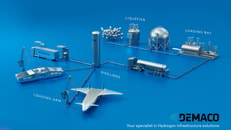Understanding electrolyser technologies
They’re widely understood to be one of the key building blocks of the green hydrogen-based society, even cited as such by the International Energy Agency (IEA). They offer a way to produce clean hydrogen from low-carbon electricity, and they are at the fulcrum of the bold targets of the €750bn EU Hydrogen Strategy. They are, of course, electrolysers.
Analysis from the IEA has repeatedly shown that a broad portfolio of clean energy technologies will be needed to decarbonise all parts of the economy. The organisation released a new report earlier this year that named batteries and hydrogen-producing electrolysers as ‘two important technologies’ in this decarbonisaton effort, thanks to their ability to convert electricity into chemical energy and vice-versa.
Indeed, when the EU announced its keenly anticipated Hydrogen Strategy in July (2020), renewable hydrogen electrolysis capacity was visibly at the core of this blueprint. In its first phase (2020-24), the objective is to decarbonise existing hydrogen production for current uses such as the chemical sector and promote it for new applications. This phase relies on the installation of at least six gigawatt of renewable hydrogen electrolysers in the EU by 2024 and aims at producing up to one million tonne of renewable hydrogen. This represents a six-fold increase in current (installed) electrolyser capacity today.
... to continue reading you must be subscribed

